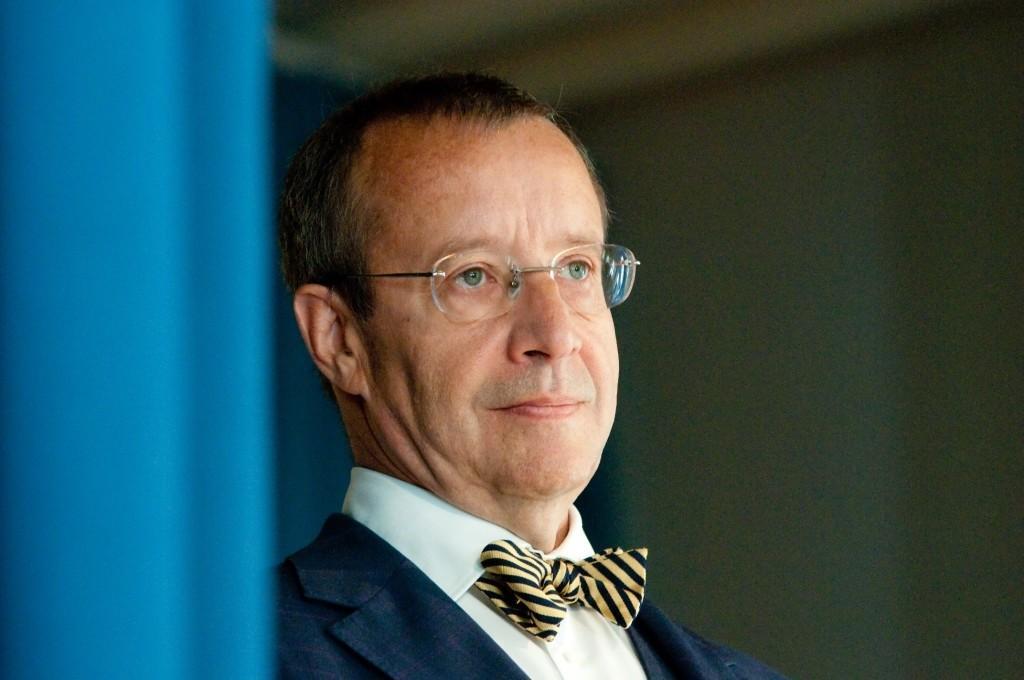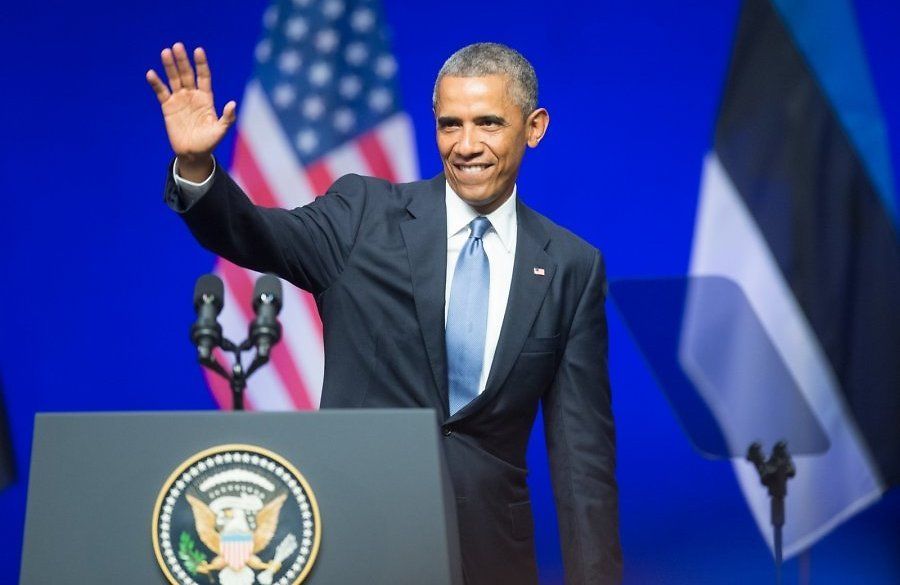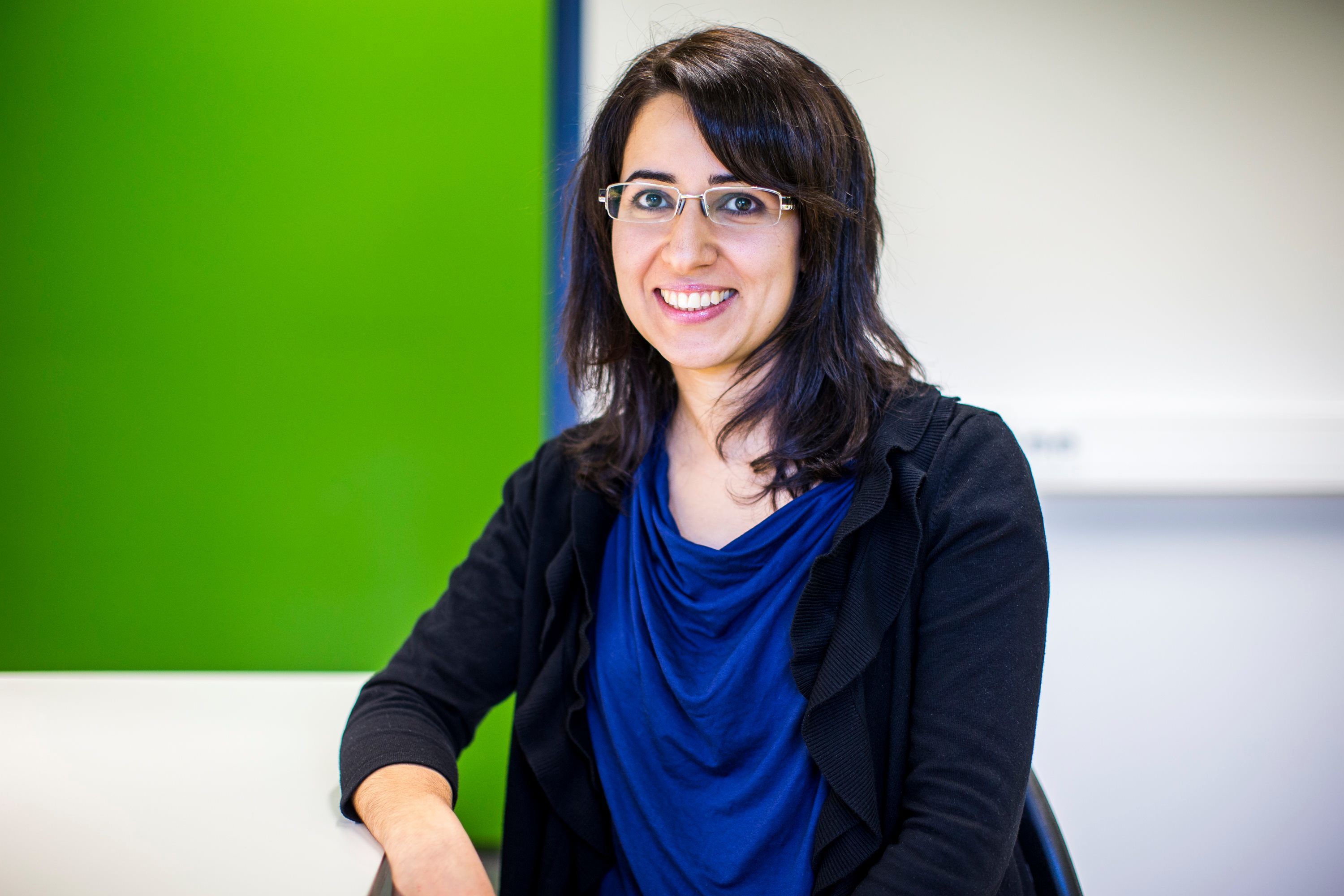The former president of Estonia, Toomas Hendrik Ilves, writes in a Facebook post that the Estonia we want should be a country governed by law, a country where people are not judged based on their origins, religion or native language, and a country where people can remain themselves.
Four years ago, on 23 June 2015, in my annual Victory Day speech, I said:
Every year on the anniversary of the Battle of Võnnu, or Victory Day, I have spoken about Estonia’s defence and security. And today, unfortunately, as a year ago, today there is something to talk about.
For a year and half now, a war has been underway in Europe.
Crimea has been annexed; Russian forces are fighting on Ukrainian territory in the Donetsk and Lugansk oblasts.
For Estonia, this has brought the realisation that our freedom, our sense of security and safety is not as self-evident, as we are used to believing.
But we have also learned something else. We have learned about the solidarity of Estonia’s allies. And now, even the doubters know that Estonia has reliable allies.
Let’s take a quick look at the recent past.
Obama: the defence of Tallinn is as important as the defence of Berlin
The attack on Crimea began on the last days of February 2014. US fighter planes landed in Estonia and Lithuania on 6 March of last year, in order to secure the airspace of the Baltic countries. Less than 90 hours or slightly more than three days had passed from the moment, when the Estonian Minister of Defence sent a request to the US Ambassador to send fighter and tanker planes to the Ämari airbase.
During the Ukrainian crisis, the Baltic airspace has also been protected by Danes, Germans, Spaniards, Brits, Italians, Norwegians, Poles and Canadians.
The first company of American soldiers stepped with their boots on the ground in Estonia last April. US president Barack Obama visited Tallinn in early September, and said among other things that for NATO, the defence of Tallinn and Riga and Vilnius is just as important as the defence of Berlin and Paris and London.
At the subsequent NATO summit, it was agreed to strengthen the presence of allied forces in the alliance’s border countries.
Soon after, Bradley Fighting Vehicles and Abrams tanks arrived in Estonia.
In March of this year, the US Army Europe practiced moving its heavy equipment through Estonia, Latvia, Lithuania, Poland, Slovakia and the Czech Republic.
A little more than a month ago, all of Estonia was involved in Siil, the largest and most complex military exercise of our new independence era, which culminated in Viru County; and which many of you standing here in formation this summer morning in Kärdla participated in. I commend you for that! More than 14,000 reservists, including more than 60 Estonians from other countries, starting with the Republic of South Africa and ending with Finland, came to participate in that exercise.
Solidarity is the common denominator
At your side were military companies from the United States and Great Britain, anti-aircraft units from Poland, Belgium and Germany, warplanes from the US, Poland and the United Kingdom, a psychological operations team from Latvia and Dutch air force officers. A total of more than 600 allied fighters.
Throughout the past year, our allies have ensured their permanent presence in the air, on the land and sea. The large US naval ship, the USS San Antonio, is currently docked in Tallinn with 1,200 marines aboard.
What does this list of facts from the last year and a half tell us? It tells us that NATO works, NATO reacts and, therefore, Estonia is protected.
The common denominator of these events is solidarity – a normal and logical part of Estonia’s NATO membership. Ukraine lacks this, because Ukraine does not belong to NATO. Today let’s think about the efforts that we undertook 20 years ago, when we started on the path to NATO membership and radically reorganized our country to do so.
If we had not done this, just think about the sense of uncertainty that would prevail in Estonia today, the anxiety with which we would follow the developments in Ukraine, where every day Ukrainian soldiers perish.
But this is not only true today. The start of our history as an independent country was also supported by the solidarity of others.
Belonging to NATO and the EU gives us the sense of security
At the start of the Estonian War of Independence, a British fleet dropped anchor off Tallinn in December 1918. This was the first aid Estonia received from abroad during the War of Independence. A war in which a total of 111 British servicemen perished.
On 30 December 1918, the first unit of Finnish volunteers arrived in Tallinn. A total of five thousand Finnish volunteers fought in the Estonian national army during the War of Independence.
In April 1919, a Danish company arrived in Estonia.
Belonging to NATO and the European Union provides us with a sense of security. Even one that means that the war news from Ukraine reaches us less and less frequently. This inconspicuous detail, which we don’t even think about, means that Estonia does not need to worry. It means that we are protected.
It’s worth noticing that when we speak about NATO or those who helped us during the War of Independence, we don’t really ask ourselves or anyone else why they came or are coming to a sovereign country. We don’t use insulting words about them. We don’t think that their presence is something bad. And if things should get serious, the majority of the Estonian people would not object if very many foreigners came here to defend our freedom.
Currently, some of our NATO allies are having a hard time. They are asking for help from the European Union, another organisation that is important for us and is based on solidarity. These same countries, whose planes take to the sky to defend Estonia and all of us, need help. And we don’t seem to understand their plight. Where is our solidarity?
Instead, we hear and read about fears and hate speeches, insults and threats. Of course, I understand that the acceptance of war refugees from the Middle East and North Africa is a painful and contradictory subject in most European Union Member States. In addition to everything else, Estonia also has to bear the burden of the fears that are inevitably associated with a small nation. Here any turbulence to the population, and in the field of culture or language is immediately interpreted as a threat to the existence of the nation and the state.
Several dangers threaten the EU and NATO
But let’s speak about these fears in a calm manner. It will not help if we replace rational debate with panic right from the start and spurt out the basest of emotions.
Observing the developments during the last few months here and elsewhere in Europe, a fear has grown in me and many others that we are falling into the trap of abstract xenophobia, fear and general intolerance.
Starting with the immigration debate and continuing with other topics related to minorities, moods have intensified in the public arena that are turning inward and generate negation. But fear – even of something strange – is a bad guide and anger is an even worse strategy.
Which is why I ask each of my compatriots today: how can we defend our state and our values? How can we defend Estonia without becoming self-absorbed and without pushing aside those who are different? How do we jointly defend those same values that that protect us today and are embodied so directly by the allied NATO forces?
Who are our own, the ones we defend and how to become one of our own? This is a central issue regardless of the immigration debate, because the answer to the following question also depends on it: “What can a state do to make all the people living here feel like one of our own?”
Several dangers currently threaten the European Union and NATO. We naturally focus on one, the one we see in Ukrainian suffering. But others – other allies – have their own worries.
The European Union – an organisation extremely necessary for the development of Estonia and the preservation of its independence – is enduring several shocks. One of its fundamental values – solidarity – is no longer self-evident.
ISIS’s brutal killings are forcing peaceful people to flee their homes, exactly like 7% of the Estonian nation fled their homes in 1944, fearing the recurrence of the brutal horrors of the first Soviet occupation.
They fled in ships and boats across the sea, living thereafter in the barracks of closed refugee camps often until the end of the 1940s. Or they perished at sea, when refugee-filled boats were hit by bombs from planes or mines left in the sea.
How to become our own?
I ask again, who are our own, who we help and protect and how to become our own? If the Estonian people are our own to the Spanish and Italian pilots, the US marines, German staff officers and Belgian anti-aircraft units, who are our own?
Our own is Lili Milani, a genetic scientist recognised in Estonia, whose parents fled from Iran. Today Milani, as an outstanding Estonian scientist who speaks beautiful Estonian, along with her research group, her university and research institution are among the best in the world, also merited the President’s Young Scientist Award.
Our own is Staff Sergeant Roman Bõstrjantsev, who was wounded in Afghanistan in 2009, and who is now a senior non-commissioned officer in the Support Command of the Estonian Defence Forces.
Our own is also Veiko Parming, who was born in Canada, and volunteered for the Estonian Defense Forces, later graduated with a master’s degree from the MIT, the world’s best university of technology, and returned to Estonia at his own expense to participate in the SIIL exercises as a reservist.
We also consider world-famous Skype to be our own. But do we considered the engineers from Guatemala and the Dominican Republic who have excelled at IT development there as our own, or how about the Hindus, Taiwanese, Singaporeans, Malaysians and designers of other nationalities that work at Estonia’s best IT companies?
And so, let’s ask again and clearly, what is the Estonia that we want to defend and are asking others to help us defend?
What kind of Estonia do we want?
We want:
- Estonia to be a country governed by the rule of law, where the courts and their judgments are just;
- For Estonia not to go bankrupt or descend into a fatal tailspin;
- To resolve mutual disputes without violence;
- For people to be judged for their values, skills and attitudes, not their origins, religion or native language;
- To refrain from classifying our people into the right kind and the second-rate kind, and those with different worldviews into enemies or worthless;
- For the people in Estonia have the freedom to remain themselves.
Everyone here has the right to freedom and the fruits of freedom, to their opinions and beliefs, even if they differ from your opinions and beliefs.
Estonia is being defended, advanced and promoted in the world by our own people. And now we have to ask ourselves, in a situation where others are protecting us and we are their own, whom do we consider to be our own – the ones that we protect?
I
The opinions in this article are those of the author. Cover: Toomas Hendrik Ilves.




